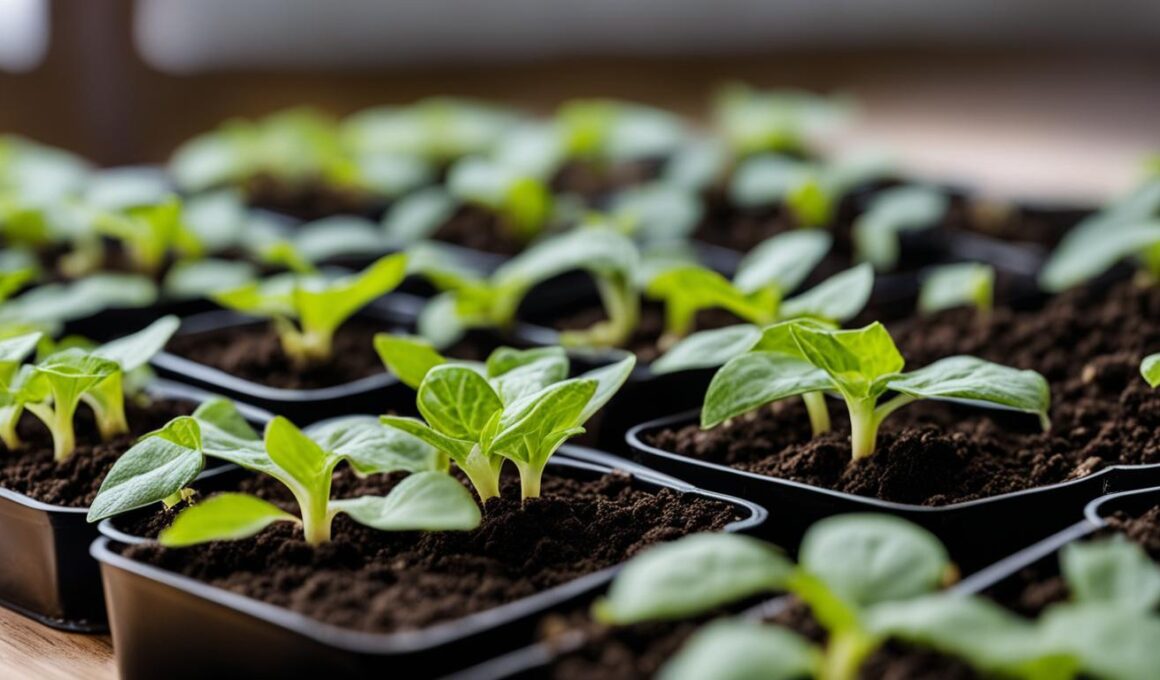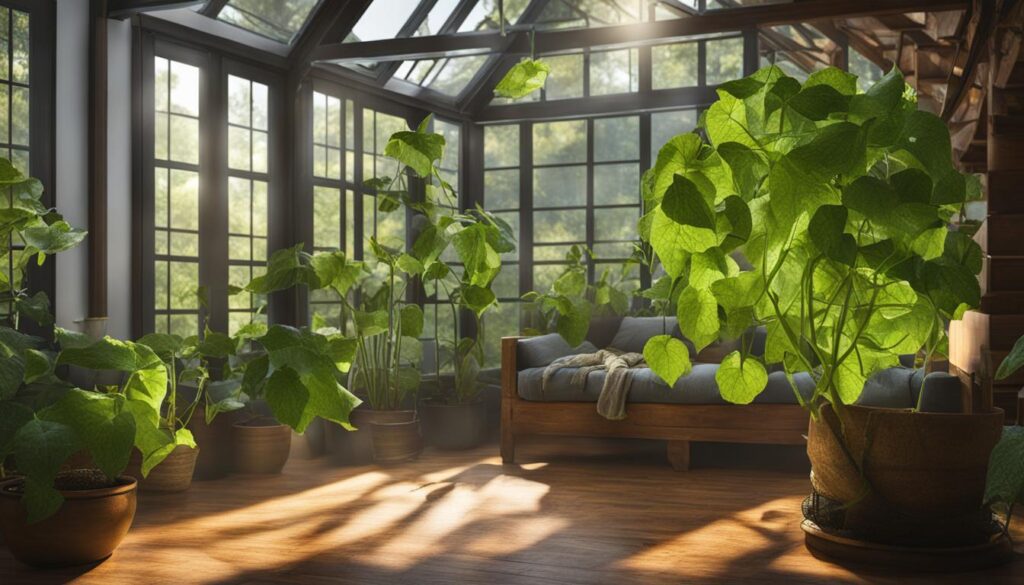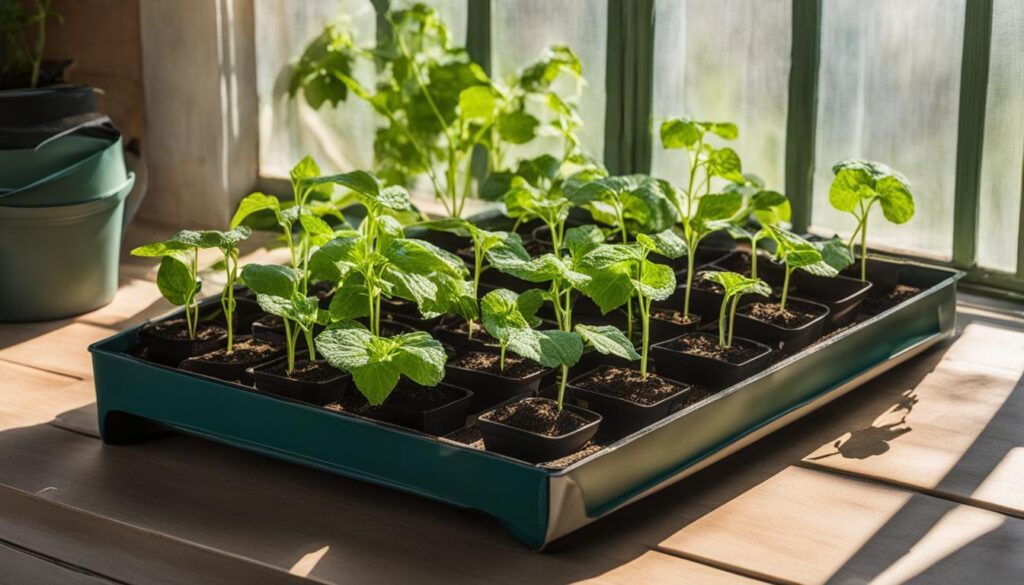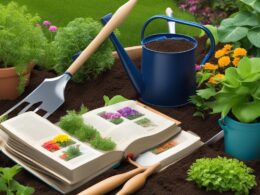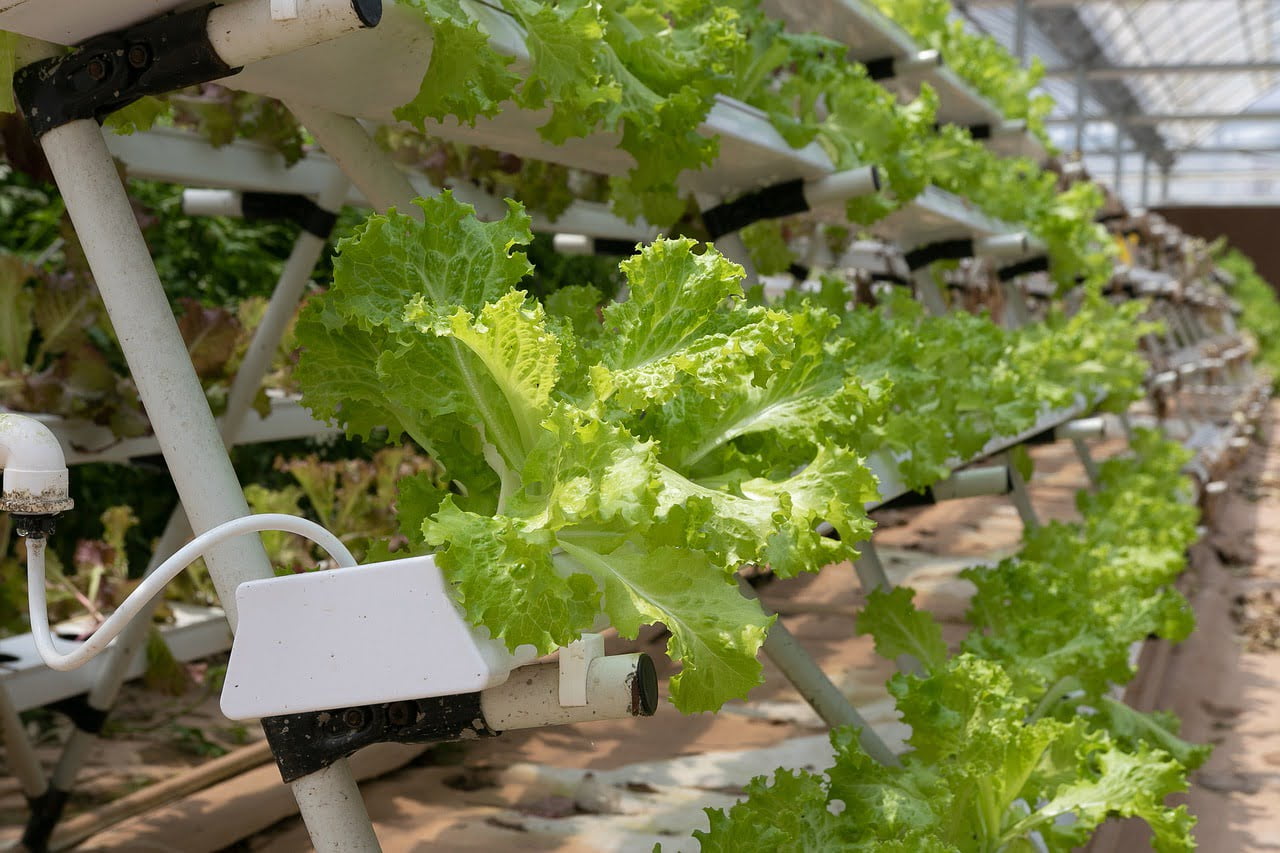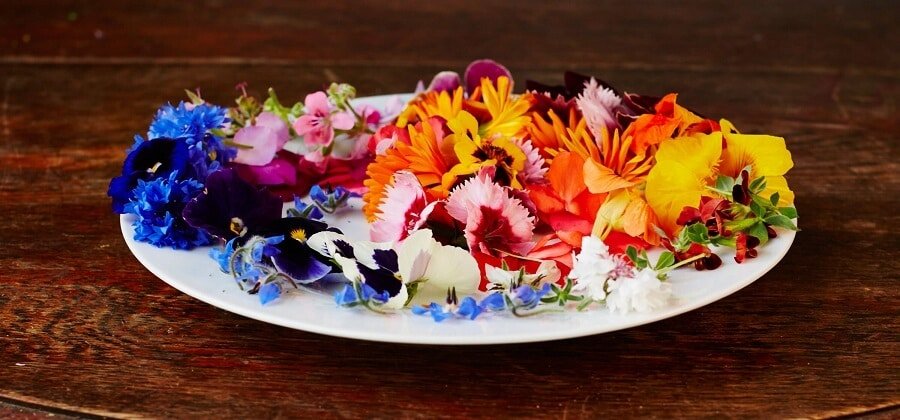Starting cucumbers indoors is a fantastic way to kickstart your cucumber garden and enjoy a bountiful harvest right from the comfort of your own home. Growing cucumbers indoors is not only convenient but also offers numerous health benefits. Cucumbers are packed with antioxidants and vitamins, making them a nutritious addition to your diet. By following the right steps and using the proper techniques, you can successfully grow cucumbers from seedlings indoors and enjoy fresh cucumbers all year round.
Post Summary
- Starting cucumbers indoors allows for greater control over growing conditions and extends the growing season.
- Growing cucumbers indoors provides an early start to the season, resulting in an earlier harvest.
- Indoor gardening protects cucumber plants from pests and diseases, ensuring a continuous supply of fresh cucumbers.
- Choose the right container and soil when starting cucumber seedlings indoors for optimal growth.
- Provide the optimal growing conditions, including temperature and lighting, to ensure healthy cucumber seedlings.
The Benefits of Growing Cucumbers Indoors
Growing cucumbers indoors offers a range of advantages that make it a popular choice for many gardeners. Let’s explore the benefits of indoor cucumber gardening:
1. Earlier Harvest:
One of the main advantages of growing cucumbers indoors is the ability to start your plants earlier in the season. By starting your cucumber seedlings indoors, you can give them a head start and ensure an earlier harvest compared to outdoor planting. This means you can enjoy fresh cucumbers sooner and extend your growing season.
2. Controlled Growing Conditions:
Indoor gardening allows you to have complete control over the growing conditions of your cucumber plants. You can adjust factors such as temperature, lighting, and humidity to create the ideal environment for your plants. This level of control can result in healthier and more productive cucumber plants, leading to a higher yield of delicious cucumbers.
3. Protection from Pests and Diseases:
Growing cucumbers indoors provides protection against pests and diseases. By keeping your cucumber plants indoors, you can minimize the risk of common garden pests, such as aphids and cucumber beetles, as well as diseases like powdery mildew. This protection ensures that your plants stay healthy and thrive, leading to a more successful indoor cucumber gardening experience.
With these advantages, it’s no wonder that growing cucumbers indoors has become increasingly popular among gardening enthusiasts. By starting your cucumbers indoors, you can enjoy an earlier harvest, have control over growing conditions, and protect your plants from pests and diseases. Stay tuned to learn more about choosing the right containers and soil for indoor cucumber gardening.
Comparison of Outdoor and Indoor Cucumber Gardening
| Outdoor Gardening | Indoor Gardening | |
|---|---|---|
| Timing | Planting timing dependent on weather conditions. | Can start seedlings earlier for an extended growing season. |
| Growing Conditions | Reliant on natural conditions, limited control. | Complete control over temperature, lighting, and humidity. |
| Pest and Disease | Exposure to outdoor pests and diseases. | Reduced risk of pests and diseases. |
| Harvest | Harvest seasonally, dependent on plant maturity. | Enjoy an earlier and continuous harvest. |
| Yield | Varies based on environmental factors. | Potential for higher yield due to optimal growing conditions. |
As shown in the table above, indoor cucumber gardening offers more control, extended harvest, reduced risk of pests and diseases, and the potential for higher yields. These advantages make it a compelling option for gardeners looking to grow cucumbers indoors.
Choosing the Right Container and Soil for Indoor Cucumber Gardening
When starting cucumber seedlings indoors, it’s important to choose the right container and soil to ensure their successful growth. The container you select should have proper drainage to prevent waterlogged soil, which can lead to root rot. Opt for plastic containers over clay ones, as they retain moisture better. Seedling trays, egg cartons, or shallow containers are all suitable options.
As for the soil, it’s best to use organic potting soil or a soilless starting mix specifically formulated for seedlings. These types of soil provide good drainage and are free from pests and diseases that may be present in regular garden soil. Avoid using garden soil, as it can potentially harbor harmful microorganisms that can affect the health of your cucumber plants.
Here is a summary of the container and soil requirements for indoor cucumber gardening:
| Container | Soil |
|---|---|
| Choose a container with proper drainage, such as a plastic seedling tray or shallow container. | Use organic potting soil or a soilless starting mix to ensure good drainage and avoid pests and diseases. |
| Avoid clay containers, as they may not retain moisture well. | Avoid using regular garden soil, as it may harbor pests and diseases. |
By selecting the right container and soil for your indoor cucumber gardening, you provide your seedlings with a healthy environment to thrive and grow into productive cucumber plants.
When and How to Plant Cucumber Seeds Indoors
Knowing the right time to start cucumber seedlings indoors is crucial for a successful harvest. Generally, it is recommended to begin planting cucumber seeds indoors about four weeks before the last expected frost date in your area. This allows ample time for the seedlings to develop and be ready for transplanting when the weather is warm enough.
To plant the cucumber seeds, make small holes in the soil, about a quarter-inch deep, using your finger or a pencil. Place one seed in each hole and cover them with soil. Gently press the soil to ensure good seed-to-soil contact. Water the seeded container lightly, enough to moisten the soil without soaking it.
After planting the cucumber seeds, place the container in a warm location that receives full sunlight. Cucumber seeds germinate best at a temperature between 70-80°F (21-27°C). You can also use a seedling heating mat to provide supplemental heat if needed. Keep the soil consistently moist but not waterlogged, avoiding overwatering as it can lead to root rot.
Why start cucumber seeds indoors?
Starting cucumber seeds indoors gives you a head start in the growing season, ensuring earlier harvests. It also provides better control over growing conditions, such as temperature and lighting, resulting in healthier and more productive plants. Indoor gardening protects your cucumber plants from pests and diseases, extending the growing season and providing a continuous supply of fresh cucumbers.
By following these guidelines, you can effectively plant cucumber seeds indoors and give your plants the best chance for success. Remember to consider your local climate and frost dates when deciding on the optimal timing for starting your cucumber seedlings indoors.
| Month | Region | Recommended time to start cucumber seeds indoors |
|---|---|---|
| February | South | Mid to late February |
| March | Midwest | Early to mid-March |
| April | Northeast | Mid to late April |
| May | Northwest | Early to mid-May |
These are general guidelines, and it’s important to consider your specific climate and growing conditions for the most accurate timing. Adjust the timing accordingly to ensure that your cucumber seedlings are ready for transplanting when the weather is suitable for outdoor growth.
| Growing Condition | Requirements |
|---|---|
| Temperature | 70-80°F (21-27°C) |
| Lighting | Full sunlight or grow lights for 14-16 hours per day |
Watering and Care Tips for Indoor Cucumber Plants
Proper care and watering are essential for the health and productivity of your indoor cucumber plants. Follow these tips to ensure your plants thrive:
1. Watering:
Proper watering is crucial for indoor cucumber plants. Keep the soil moist but not saturated, as overwatering can lead to root rot. Check the soil moisture regularly by sticking your finger into the soil up to your knuckle. If it feels dry at that depth, it’s time to water. Water the plants at the base, avoiding wetting the leaves to prevent the spread of diseases. Aim for a deep watering, ensuring the water reaches the root system.
2. Caring for Seedlings:
Caring for cucumber seedlings involves providing them with the right conditions for healthy growth. Maintain a temperature of 70-80°F (21-27°C) during the day and slightly cooler temperatures at night. Provide sufficient light, either by placing the plants in a sunny spot or using grow lights. Support the growing vines with trellises or stakes to encourage vertical growth and prevent them from sprawling on the ground. Prune any yellow or diseased leaves to maintain plant health.
3. Pollination:
Indoor cucumber plants may require hand pollination to ensure proper fruiting. Cucumber flowers have both male and female parts, but they may not be exposed to pollinators indoors. Gently transfer pollen from the male flowers (with a stamen but no swelling) to the female flowers (with a swelling at the base). This can be done using a small brush or by gently shaking the flowers to release the pollen.
4. Monitoring and Adjustments:
Monitor the overall growth and health of your cucumber plants regularly. Keep an eye out for signs of pests, such as aphids or cucumber beetles, and take appropriate measures to control them. Adjust the temperature and lighting if necessary to maintain optimal growing conditions. Prune and remove any yellow or diseased leaves promptly to prevent the spread of diseases. Regularly check for any signs of stress or nutrient deficiencies and address them promptly.
By following these watering and care tips, you can ensure the healthy growth and productivity of your indoor cucumber plants. With proper care, you’ll soon be enjoying a bountiful harvest of fresh cucumbers right from the comfort of your home!
Transferring Cucumber Seedlings Outdoors
Once your indoor cucumber seedlings have grown strong and the weather has warmed up, it’s time to transfer them outdoors. Moving your plants from the controlled indoor environment to the great outdoors can be a delicate process, but with the right techniques, you can ensure a successful transition.
Before transplanting, it’s important to harden off the seedlings. This involves gradually acclimating them to the outdoor conditions over the course of a week or two. Start by placing the seedlings in a sheltered spot outdoors for a few hours each day, gradually increasing their exposure to sunlight and wind.
Choose a sunny location in your garden with well-drained soil for your cucumber plants. Dig a hole that is large enough to accommodate the root ball of each seedling. Gently remove the seedlings from their containers and place them into the holes, making sure the top of the root ball is level with the surrounding soil.
Once the seedlings are in place, firm the soil around them to ensure good contact between the roots and the soil. Water the plants thoroughly to help settle the soil and provide moisture to the roots. It’s also a good idea to provide support for the cucumber vines to climb on as they grow.
Tips for Transferring Cucumber Seedlings Outdoors
| Tip | Description |
|---|---|
| Harden off seedlings | Gradually expose seedlings to outdoor conditions over a week or two before transplanting. |
| Choose a sunny location | Select a spot in your garden that receives full sun and has well-drained soil. |
| Dig proper holes | Ensure the holes are large enough to accommodate the root ball of each seedling. |
| Plant seedlings at the correct depth | Make sure the top of the root ball is level with the surrounding soil. |
| Firm soil and water | Press the soil around the seedlings firmly and water them thoroughly after transplanting. |
| Provide support for vines | Install trellises, stakes, or other supports for the cucumber vines to climb on. |
By following these tips, you can successfully transfer your indoor cucumber seedlings outdoors and continue their growth in a natural environment. With proper care and maintenance, you’ll soon be enjoying homegrown cucumbers straight from your garden.
Caring for Outdoor Cucumber Plants
Once you have successfully transplanted your indoor cucumber seedlings outdoors, it is essential to provide the necessary care to ensure healthy growth and a bountiful harvest. Outdoor cucumber plants require regular maintenance and attention to thrive in your garden.
Watering:
Water your cucumber plants deeply and consistently to keep the soil moist. Aim for at least one inch of water per week, either from rainfall or supplemental watering. Avoid overwatering, as it can lead to root rot. Mulching around the plants with organic materials helps retain moisture and suppresses weed growth.
Pest and Disease Control:
Regularly check your cucumber plants for pests and diseases, such as aphids and cucumber beetles. Use organic insecticides or natural remedies to control infestations. Remove any yellow or diseased leaves to maintain plant health. Proper air circulation and avoiding overcrowding can help prevent diseases like powdery mildew.
Support and Pruning:
Cucumber plants are vining plants that need support to climb on. Provide trellises, stakes, or cages for the vines to grow vertically, keeping the fruit off the ground. Regularly prune the vines to remove yellow or diseased leaves and promote better airflow around the plant.
Harvesting:
Monitor your cucumber plants regularly to harvest the fruits at the desired size and color. Harvesting regularly encourages continuous fruit production. Remove mature cucumbers by cutting them from the vine with a sharp knife or pruners. Avoid pulling or twisting the fruits, as it can damage the plant.
| Caring for Outdoor Cucumber Plants | Tips |
|---|---|
| Watering | Water deeply and consistently, aiming for at least 1 inch of water per week. Mulch around plants to retain moisture. |
| Pest and Disease Control | Regularly check for pests and diseases. Use organic insecticides or natural remedies. Remove yellow or diseased leaves. |
| Support and Pruning | Provide support for the vines to climb on. Prune yellow or diseased leaves. Promote better airflow. |
| Harvesting | Monitor plants regularly. Harvest fruits at the desired size and color. Cut fruits from the vine. |
“Proper care and attention to outdoor cucumber plants will ensure healthy growth and a bountiful harvest.”
Troubleshooting Common Issues in Indoor Cucumber Gardening
Indoor cucumber gardening may encounter some common issues that can affect the health and productivity of your plants. Being aware of these problems and knowing how to address them is crucial for successful indoor cucumber gardening. Here are some of the most common cucumber plant problems, along with solutions to help you overcome them.
Pests
Cucumber plants can attract various pests, such as aphids and cucumber beetles. These pests can feed on the leaves and transmit diseases to your plants. To control these pests, you can use insecticidal soap or employ natural remedies like neem oil or diluted dish soap. Regularly inspect your plants for any signs of pest activity and take immediate action to prevent infestations.
Diseases
Powdery mildew is a common fungal disease that affects cucumber plants, especially in humid conditions. To prevent powdery mildew, provide good air circulation by spacing your plants properly and avoiding overcrowding. If your plants do get infected, remove the affected leaves and treat them with a fungicide. Also, make sure to water your plants at the base and avoid wetting the foliage, as moisture promotes disease development.
Environmental Factors
Indoor cucumber plants can be sensitive to changes in temperature and humidity. High temperatures can cause the plants to wilt, while low temperatures can stunt their growth. Maintain a temperature range of 70-80°F (21-27°C) and provide adequate ventilation to regulate humidity levels. Use a thermometer and a hygrometer to monitor the conditions in your indoor garden and make adjustments as needed.
| Problem | Symptoms | Solution |
|---|---|---|
| Aphids | Sticky residue on leaves, curled leaves | Use insecticidal soap or natural remedies like neem oil |
| Cucumber beetles | Yellowing leaves, chewed foliage | Manual removal or use of insecticidal soap |
| Powdery mildew | White powdery spots on leaves | Remove affected leaves and treat with a fungicide |
| Temperature fluctuations | Wilting or stunted growth | Maintain a temperature range of 70-80°F (21-27°C) and provide ventilation |
By addressing these common issues and implementing proper care techniques, you can ensure the health and productivity of your indoor cucumber plants. Regular monitoring, timely interventions, and creating an optimal growing environment will lead to successful indoor cucumber gardening.
Conclusion
In conclusion, starting cucumbers indoors is an excellent way to enjoy a continuous supply of fresh cucumbers throughout the year. By following the steps and tips outlined in this guide, you can successfully cultivate healthy cucumber plants right in the comfort of your home.
Indoor cucumber gardening offers several advantages, including the ability to start your plants earlier in the season for an earlier harvest. You also have greater control over the growing conditions, such as temperature, lighting, and humidity, which can result in healthier and more productive plants. Additionally, growing cucumbers indoors protects your plants from pests and diseases, ensuring a bountiful harvest.
When starting cucumber seedlings indoors, it’s important to choose the right container and soil. Opt for plastic containers with proper drainage and use organic potting soil or a soilless starting mix to provide optimal growing conditions for your cucumber plants.
Once your cucumber seedlings are ready, you can transfer them outdoors to a sunny location with well-drained soil. Provide support for the vines to climb on, water your plants deeply and consistently, and regularly check for pests and diseases. With proper care, you will be rewarded with a plentiful harvest of delicious cucumbers.
So why wait? Start your indoor cucumber garden today and enjoy the satisfaction of growing your own cucumbers all year round. Happy gardening!
Are the techniques for starting cucumbers indoors similar to those for starting broccoli indoors?
Yes, the techniques for starting cucumbers indoors are similar to those for starting broccoli indoors. You can follow a starting broccoli indoors tutorial to help you with the process. Both cucumbers and broccoli require warm soil, ample sunlight, and consistent watering to thrive indoors before being transplanted outdoors.
FAQ
Can I grow cucumbers indoors?
Yes, cucumbers can be successfully grown indoors with the right conditions and care.
Why should I start cucumbers indoors?
Starting cucumbers indoors allows for an earlier harvest, control over growing conditions, and protection from pests and diseases.
What containers and soil should I use for indoor cucumber gardening?
Choose containers with proper drainage, such as seedling trays or plastic containers. Opt for organic potting soil or soilless starting mix for proper drainage and disease prevention.
When should I start cucumber seeds indoors?
Start cucumber seeds indoors about four weeks before the last expected frost date in your area.
What temperature and lighting do indoor cucumber seedlings need?
Cucumber seedlings thrive in temperatures between 70-80°F (21-27°C) and require plenty of sunlight or grow lights for sufficient lighting.
How often should I water indoor cucumber plants?
Keep the soil moist but not saturated, checking regularly and watering as needed to avoid overwatering and root rot.
When can I transfer my indoor cucumber seedlings outdoors?
Transplant cucumber seedlings outdoors once the weather has warmed up and there is no risk of frost.
How do I care for outdoor cucumber plants?
Provide regular watering, mulch to retain moisture, check for pests and diseases, prune as needed, and provide support for growing vines.
What are common issues in indoor cucumber gardening and how can I address them?
Common issues include pests like aphids and cucumber beetles, as well as powdery mildew. Monitor your plants regularly, use insecticidal soap or natural remedies, ensure proper air circulation, and avoid overwatering.
What are the benefits of starting cucumbers indoors?
Starting cucumbers indoors offers advantages such as an earlier harvest, control over growing conditions, protection from pests and diseases, and a continuous supply of fresh cucumbers.





